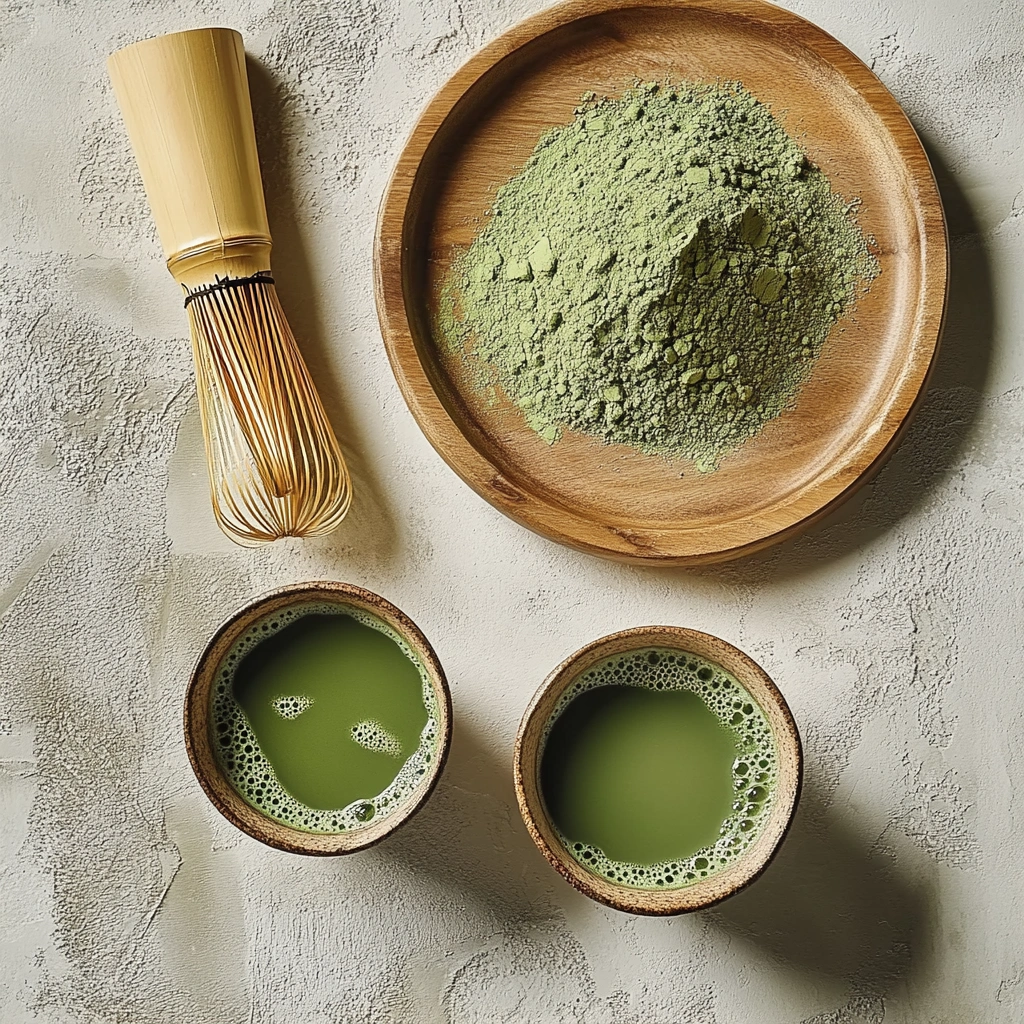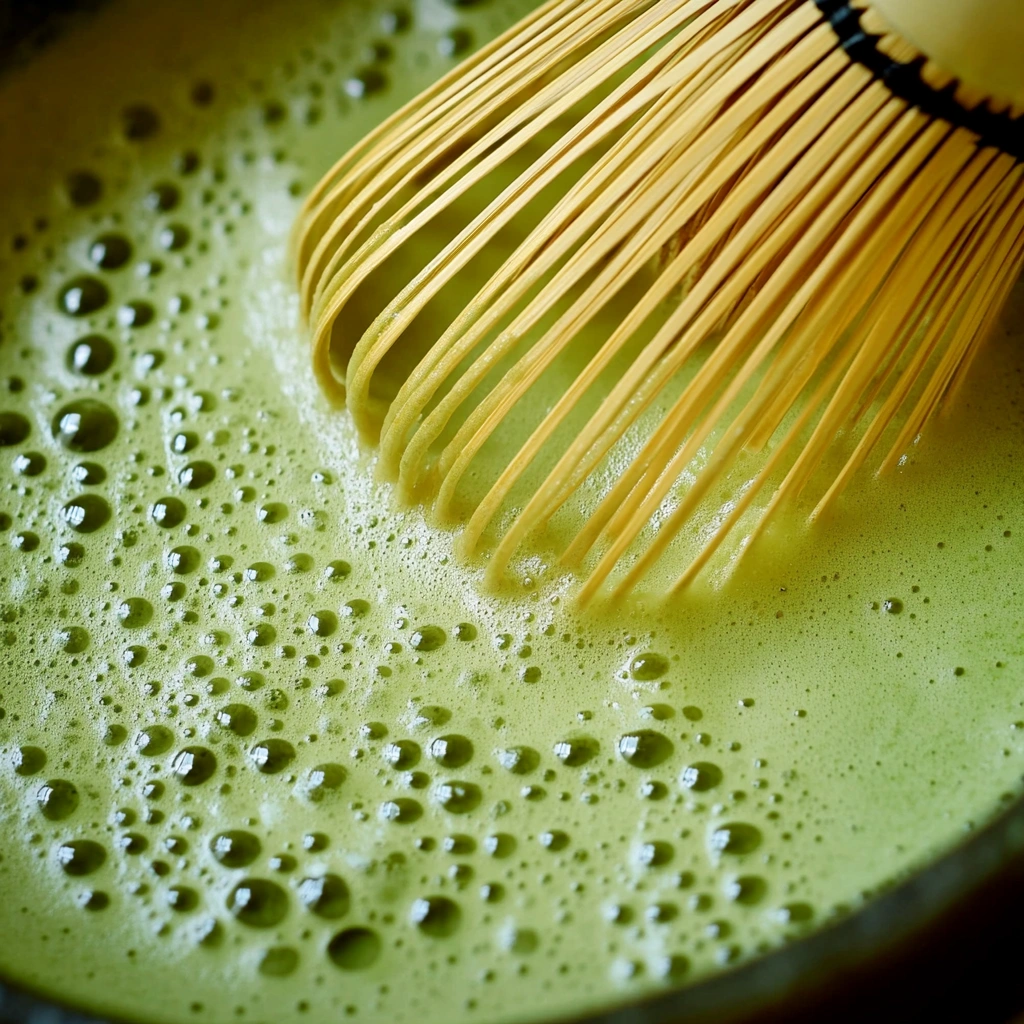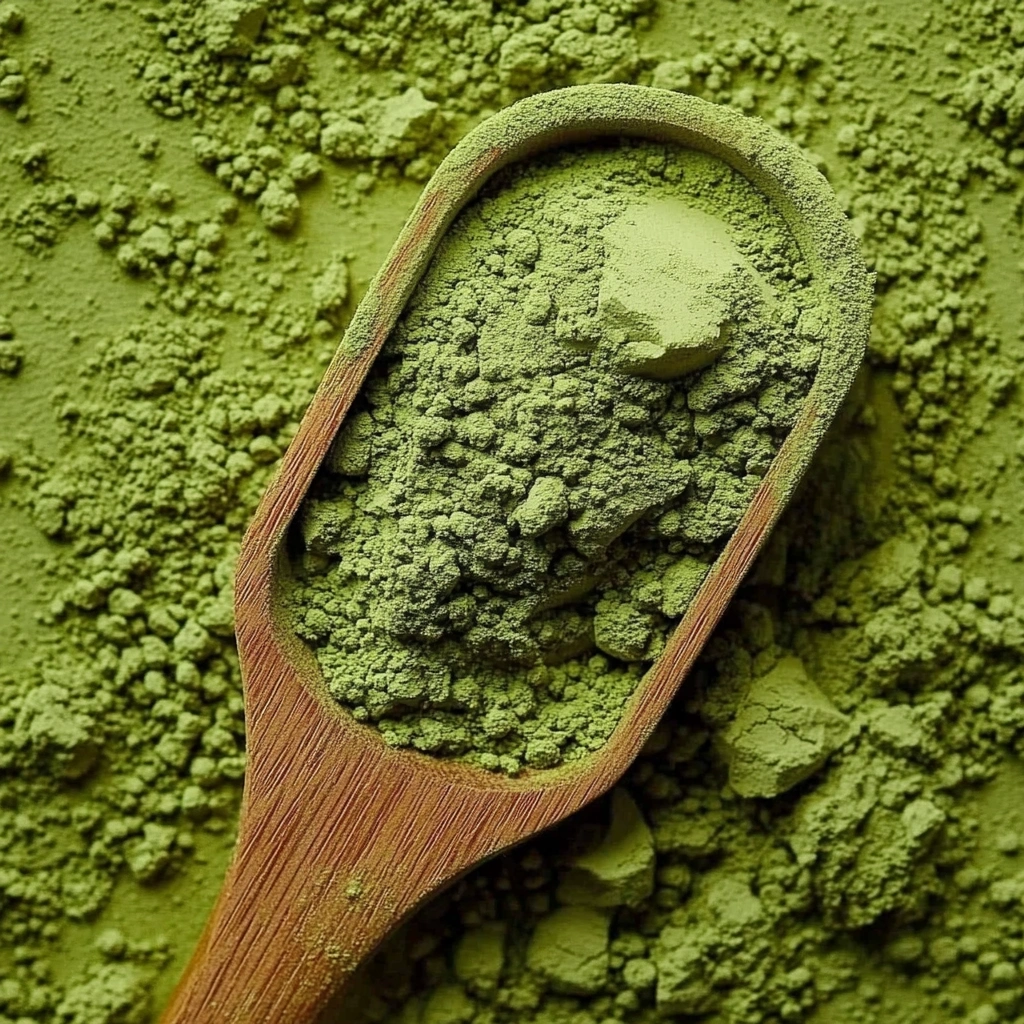Matcha is one of those trendy, delicious drinks that’s as Instagram-worthy as it is healthy. But before you start throwing random ingredients into your matcha latte, let’s talk about what doesn’t work with matcha. (Yep, there are some major no-nos!) What can you not mix with matcha? Whether you’re new to matcha or you’ve been sipping it for years, this guide will help you avoid the biggest mix-up mistakes.
From flavors that clash to combinations that mess with its health benefits, here’s everything you need to know about what not to mix with matcha.
Table of Contents
Table of Contents
What is Matcha?
Let’s start with the basics. Matcha is a finely ground powder made from green tea leaves. Unlike regular green tea, matcha gives you all the nutrients because you’re consuming the whole leaf. That’s why it’s packed with antioxidants, gives you a calm energy boost (hello, no jitters!), and has a slightly earthy flavor that pairs beautifully with creamy or sweet ingredients. But what can you not mix with matcha? Certain ingredients can overpower its delicate taste or reduce its health benefits, so choosing the right pairings is key.
But—and it’s a big but—not everything complements matcha. Some things downright ruin the taste, texture, or even its nutritional benefits.
For a delicious way to enjoy matcha, check out this easy Matcha Tiramisu Recipe!

Why Do Some Ingredients Clash with Matcha?
Matcha has a delicate flavor profile that’s earthy, grassy, and slightly bitter. While that sounds fancy, it also means matcha can be a bit of a diva when it comes to pairings. Add something too overpowering, and you’ll lose the subtle notes. Use an ingredient with the wrong texture, and you’ll end up with a gritty mess. What can you not mix with matcha? Strong flavors like bitter coffee or super acidic citrus can clash with matcha’s natural taste, while certain dairy products may affect its smooth texture.
And let’s not forget about nutrition! Matcha’s antioxidants, specifically catechins, can be finicky. Certain combinations can reduce or block their benefits.
So, let’s break it down.
Ingredients You Shouldn’t Mix with Matcha
1. Dairy Milk
Surprised? A creamy matcha latte is a crowd favorite, but dairy milk isn’t the best choice. Here’s why:
- Nutritional Interference: Dairy proteins bind to matcha’s catechins, reducing their absorption. So, if you’re sipping matcha for its antioxidant perks, dairy milk isn’t doing you any favors.
- Flavor Clash: Some people say dairy can give matcha a slightly sour aftertaste. Not great, right?
Better Options: Go for plant-based milks like almond, oat, or coconut. They’re creamy, delicious, and let matcha shine.
2. Super Sweeteners
While a little sweetness can balance matcha’s bitterness, too much sugar or artificial sweeteners can overpower its flavor.
- Health Impact: Overloading on sugar cancels out matcha’s healthy vibes.
- Flavor Overkill: Strong sweeteners, like stevia, can create an odd aftertaste with matcha’s grassy notes.
Better Options: Stick to natural sweeteners like honey, maple syrup, or a pinch of coconut sugar.
3. Citrus Juices
Adding lemon or orange juice might sound refreshing, but it’s a big no for matcha.
- Flavor Disaster: The tartness of citrus clashes hard with matcha’s earthy flavor.
- Texture Issues: Acidic ingredients can make matcha clump, ruining its smooth consistency.
4. Strong Spices
Don’t get me wrong—spices can work with matcha. (Looking at you, cinnamon!) But some spices are just too bold.
- Examples to Avoid: Cloves, star anise, or large amounts of nutmeg can overpower matcha’s subtle flavor.
- Flavor Confusion: These spices create a flavor profile that’s more “holiday cookie” than “matcha bliss.”
Better Options: Stick to gentle spices like vanilla, a pinch of cinnamon, or even a hint of cardamom.
5. Alcohol
Sure, a matcha cocktail sounds fun, but there’s a catch.
- Taste Imbalance: Matcha’s grassy, earthy notes can clash with alcohol’s sharpness.
- Nutritional Loss: Alcohol can diminish matcha’s antioxidants.
Better Options: If you’re feeling fancy, try a matcha mocktail with sparkling water and a splash of elderflower syrup.
6. Hot Water That’s Too Hot
Okay, this isn’t exactly an “ingredient,” but it’s still important! Using boiling water (212°F) for your matcha is a huge mistake.
- Why It’s Bad: High heat destroys matcha’s delicate flavor and can make it taste bitter.
- The Sweet Spot: Aim for water between 160°F and 175°F.
7. Anything Overly Oily
Adding fats like coconut oil or butter (à la bulletproof coffee) is trendy, but matcha isn’t built for it.
- Texture Trouble: Oily additions don’t blend well with matcha and can leave a greasy layer on top.
- Flavor Issue: The richness can overpower matcha’s light, refreshing taste.
Better Options: Stick to a small splash of plant-based milk for creaminess.
8. Savory Ingredients
I know savory matcha recipes exist (like matcha salt or matcha noodles), but mixing matcha with intensely savory flavors like garlic or onions? That’s a hard pass.
- Flavor Mismatch: Matcha’s earthy sweetness doesn’t work with strong, savory tastes.
Matcha and Gut Health: What Not to Mix
If you’re sipping on matcha for its gut-friendly properties, be mindful of what you mix into it. What can you not mix with matcha? Ingredients like carbonated drinks or sodas are a no-go. Why? The carbonation doesn’t just clash with matcha’s smooth texture; it can also upset your stomach. Similarly, avoid pairing matcha with heavy cream or overly rich toppings, which can weigh down its natural lightness and cause digestive discomfort.
Instead, stick to gut-friendly options like almond milk or even a pinch of ginger. Ginger, in small amounts, can complement matcha’s earthy flavor and support digestion without overpowering the drink.

Overpowering Fruits to Avoid with Matcha
While fruits are a great addition to smoothies, not all fruits work well with matcha. What can you not mix with matcha? High-acid fruits like pineapple, grapefruit, and kiwi can clash with its flavor profile and even cause curdling when mixed with milk. If you’re going for a fruity matcha combo, keep it simple with mild choices like blueberries, bananas, or peaches.
A quick tip? Always taste-test before blending an entire batch. Trust me, it’s better to know upfront if your combo isn’t working out!
Can Matcha Work with Herbal Teas?
Mixing matcha with other teas might seem like a fun experiment, but it’s not always the best idea. What can you not mix with matcha? Strong herbal teas like peppermint or licorice root can overpower matcha’s delicate notes. Even teas with floral tones, like chamomile, might create a confusing flavor combination that takes away from matcha’s natural balance.
If you want to combine matcha with another tea, opt for mild green teas or white teas. These will complement matcha without stealing the spotlight.
Why You Should Avoid Powdered Creamers with Matcha
Those powdered non-dairy creamers that are oh-so-convenient? Skip them. Many contain artificial flavors and additives that mask matcha’s natural taste. Some even have hydrogenated oils that can coat your palate and ruin the drink’s light, refreshing vibe.
For a better option, try fresh oat milk or a splash of homemade cashew milk. These choices keep the creaminess intact without introducing unwanted chemical aftertastes.
Matcha and Temperature: Another Important Consideration
If you’re prepping iced matcha drinks, avoid using water that’s too cold to mix the powder. Matcha is finicky and needs to dissolve properly to avoid clumping. Ice water straight from the fridge doesn’t cut it and leaves you with a gritty texture.
Pro tip? Use room-temperature water to mix your matcha first, then add ice and milk for a smooth, chilled drink that doesn’t lose its consistency.
FAQs
Can I mix matcha with protein powder?
Yes, but choose unflavored or vanilla protein powders. Strong flavors like chocolate or berry can clash with matcha’s delicate profile.
Is it okay to mix matcha with coffee?
Sure! “Matcha-ccinos” are a thing. Just make sure to balance the flavors since coffee’s bitterness can overpower matcha.
Can I add matcha to smoothies?
Totally! Just avoid using strong-flavored fruits like pineapple or grapefruit. Stick to mild fruits like bananas or berries.
Can I mix matcha with chocolate?
Yes, but stick to white chocolate or mild milk chocolate. Dark chocolate’s intense flavor can overwhelm matcha.
Conclusion
Matcha is more than just a trendy drink—it’s a powerhouse of flavor and health benefits. But to truly enjoy its magic, it’s important to know what works and what can you not mix with matcha. From avoiding dairy milk that dulls its antioxidants to steering clear of overpowering flavors like citrus or strong spices, treating matcha right helps you get the best taste and nutrition.
When in doubt, keep it simple. What can you not mix with matcha? Avoid overpowering ingredients that mask its delicate flavor, like strong spices, acidic fruits, or heavy dairy. Instead, pair matcha with gentle, complementary ingredients that let its earthy, grassy notes shine. Whether you’re sipping it straight, blending it into a smoothie, or whipping up a creamy latte, being mindful of your combinations makes all the difference.
So, grab your whisk, scoop that bright green powder, and create your perfect cup—just skip the clashy extras! Cheers to keeping your matcha smooth, delicious, and packed with goodness.
Want even more delicious ideas? Check out our Pinterest page for mouthwatering recipes and kitchen tips!

